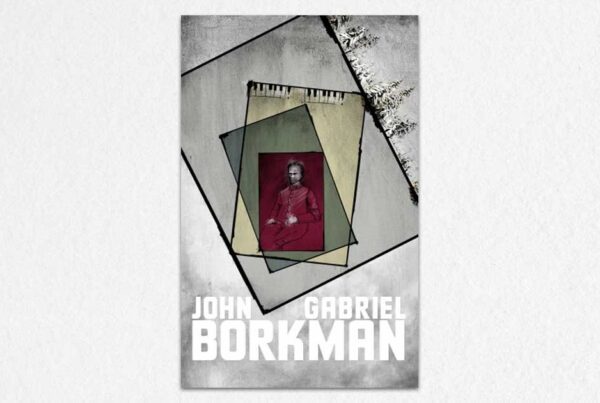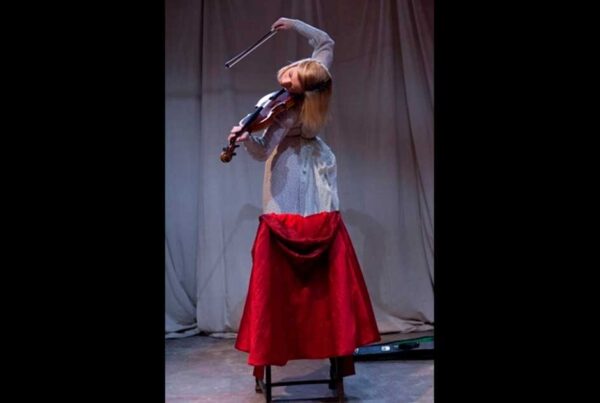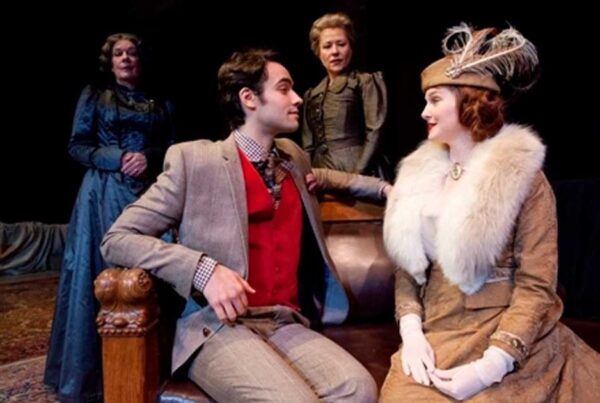
Joe Seamans, Video Designer
Art is a form of expression. Every day we strive to find ways to express ourselves and yearn for others to feel the same passion about what we do and what we believe. After interviewing Joseph Seamans, the video designer for Ainadamar, it’s clear that this is a man who has passion for art and for what he does. Here’s an insight into the world Joe creates for us within Ainadamar.
Why did you choose this career path?
When I saw my first photo image emerge on the paper under the safelight in the darkroom, I was seriously amazed. It happens to a lot of people, Or it used to anyway. I studied photography through college, but I wanted work in a more collaborative way… hence filmmaking.
How long have you worked in theatre/film?
I made my first film in senior year at high school. That was in 1966. I got my first film job from Fred Rogers making a ‘funny fast film’ of Mr. McFeeley mowing the lawn.To that one right I had to reshoot about 5 times. Then I got a job as a news cameraman at WQED. Learned just about everything about filmmaking doing that job. I worked at WQED for 25 years making documentaries: National Geographic Specials, and lots of science docs. In the late 90’s I began to work independently, making shows for NOVA and doing independent projects. My first theater experience was with Quantum two years ago. This is my second.
What’s the main difference you’ve noticed with film making and live theatre?
One thing is that in filmmaking the image is everything. In live theatre the image is part of the bigger theatrical image. To goal is to make it one experience for the audience and not just a movie that happens to be running on the screen while the actors are running around doing their thing in front of it. Another big difference is timing, especially with live music. In filmmaking I can be accurate with film and sound within 1/30th of a second. Not so with a live orchestra which means I have to think about timing in a totally different way.
Why Quantum? How did you start working for this theatre company?
I was interested in trying to make video in a new environment and Karla was very open to it. It’s been a great manifestation of my desire to work collaboratively which I felt decades ago.
Tell us about working on Ainadamar. Since this show is so different and innovative, give us some insight on the production and what it’s like to work on it with Karla and the rest of the cast and crew.
When I first learned about it it sounded very exciting, but it wasn’t clear to me what it was all about particularly visually. At some point it caught fire for me, and the collective creative energy of everyone became focused like an acetylene torch and what I needed to do became clear.
 What makes Quantum different than others?
What makes Quantum different than others?
As a theatre goer, the theatrical experience often kills the real experience the production is trying to convey. The emotional power becomes ‘theatricalized’. I don’t have this experience with Quantum.
Besides Ainadamar, what’s been your favorite project you’ve been a part of?
That would be my only other theatrical project: Maria de Buenos Aires.
Give us one random fact about you that most people wouldn’t know.
I’m a Pisces but I can never catch a fish, in fact, I hate fishing.
Is there anything else we should know about you or Ainadamar?
Ainadamar is about real people. Lorca and Xirgu. The opera is fantastical and depicts the interior imaginings of a woman who suffers greatly, but it’s based on a true story.
–Interview conducted by Chelsea Gallo, Social Media Intern at Quantum Theatre.




